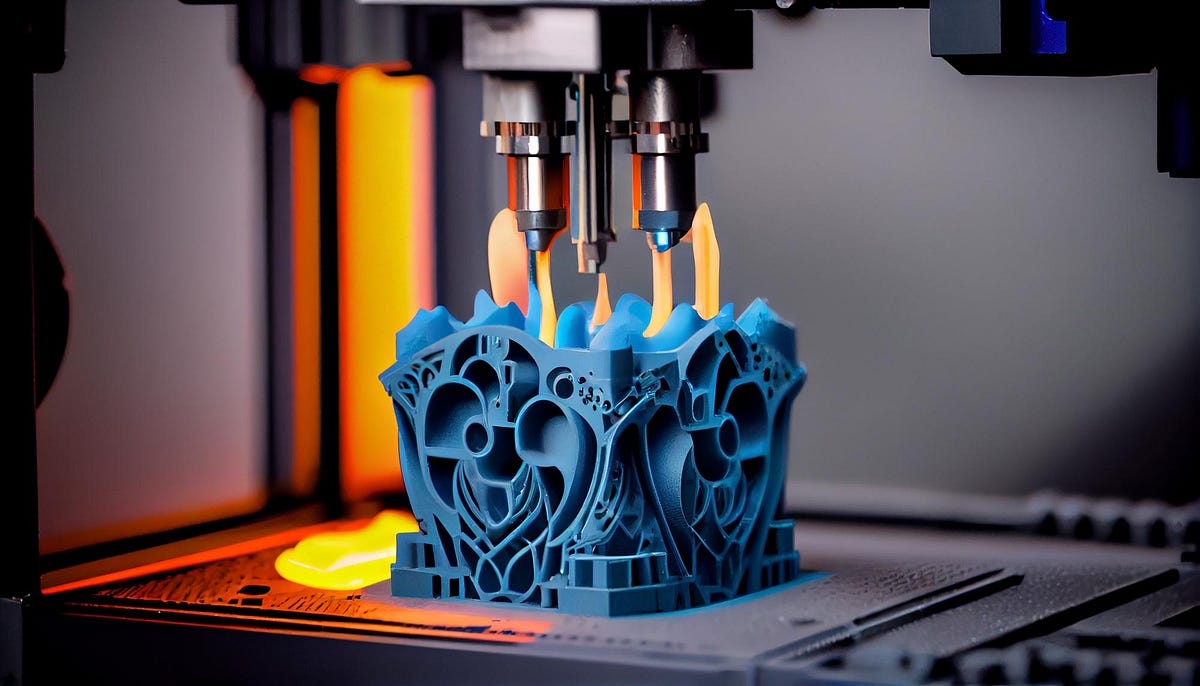
3D printing has revolutionized manufacturing and design across countless industries. From beginner-friendly projects to advanced professional applications, this technology has limitless possibilities.
Manufacturers use printers to produce tooling and fixtures, prototype parts, and even end-use products in a fraction of the time it takes traditional methods. They’re also using metals to print complex geometries and lightweight structures.
Software and Design Tools
3D printing requires advanced software to transform innovative designs into actual products. This includes slicing software that optimizes the layering of 3D models for print preparation, which improves accuracy and enables more complex details to be produced. Some programs are also able to monitor and fix errors during the printing process, reducing downtime and improving quality.
In addition to slicing and modeling software, many programs have texturing and shading options to enhance the visual appeal of models and change how light interacts with them. This allows potential flaws in prints to be spotted ahead of time and helps designers tweak their designs for greater efficiency.
One such program is Tinkercad, which is free and accessible to students and beginner-level users. Created by renowned software company Autodesk, it is easy to learn and features simple shapes that can be pieced together to build models. For more sophisticated CAD design, SolidWorks is another popular option among professionals.
3D Printing in the Arts
Artists are enthusiastically adopting 3D printing technology, which can be used to create a wide range of materials and shapes. This includes metals, polymers, ceramics, concrete materials and smart materials (e.g., shape memory alloys) – all of which are highly customizable.
Using the STL file format, which simplifies 3D models into triangular facets, artists can produce a number of iterations quickly and cheaply, and this has encouraged them to experiment with new ideas. This allows them to develop their artwork without the worry that a failure could cost them money.
However, there are also artistic applications which explore the darker side of this technology – such as the Liberator gun created by Cody Wilson, which was released online for anyone to print in a libertarian act against government control. Other works such as the Gynepunk 3D printed speculum are intended to provoke discussion and debate about these ethical issues. This has been made possible by the availability of affordable printers and online platforms.
3D Printing in the Food Industry
Initially associated with the Do It Yourself (DIY) culture of amateurs and hobbyists, 3D printing has evolved into a full-fledged manufacturing technology. This has largely been fueled by innovative tools and software, affordable printers, and online social platforms.
The emergence of 3D printing in the food industry has ushered in a revolution that could transform all aspects of the manufacturing and supply chain. By leveraging 3D printing, FMCG food manufacturers can significantly improve their supply chain efficiency and create healthy, attractive foods with minimal waste.
Several 3D printers are now capable of printing with different materials, including plastic polymer filaments, metals (SLS, SLM), and ceramics (EBM). Some specialty prints also use biodegradable and sustainable materials such as bioPLA and hemp-based fibers. Other special prints use binder jetting, which uses a liquid binding agent to selectively melt powdered material in a layer-by-layer fashion. These printing technologies can be used for creating chocolate, cookies, cake batter and other food items.
3D Printing in Healthcare
3D printing is a major player in the healthcare industry, revolutionizing surgical techniques and lowering costs for hospitals. It also allows for more personalized medicine, with personalized prosthetics and medical devices that better fit patients’ unique anatomies.
For example, a radiologist can make an exact model of a patient’s spine to help plan a surgery; a dentist can print a crown that perfectly fits the broken tooth. Additionally, surgeons can practice on printed models to improve their skills before performing the operation on a real patient.
Other uses for 3D printers in medicine include custom-made retractors to hold back organs or tissues during procedures, and sterile surgical tools printed at the point of care. Researchers are even working on printing tissue and organs, which could potentially revolutionize medical treatment.
While little formal management of medical 3D printing outside of FDA regulations exists, state medical boards may be able to exert some oversight. But they typically only react to complaints rather than proactively investigate.









